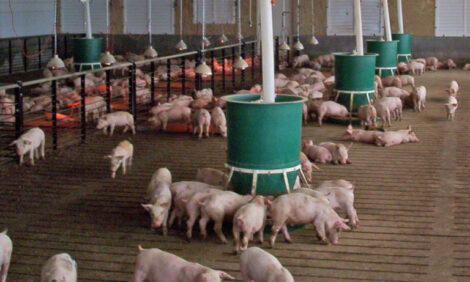



Interaction of Porcine Conventional Dendritic Cells with Swine Influenza Virus
Studies reported from Spain reveal the interaction of H3N2 swine influenza virus with conventional dendritic cells.Swine influenza virus (SIV) causes sub-acute or acute respiratory infections on swine farms and pigs can act as ‘mixing vessels’ for new influenza strains, according to Tufária Mussá of the Autonomous University of Barcelona in Spain and co-authors there and at INIA, the University of Lleida and IRTA in Spain and the Central University of Venezuela.
In a paper in the journal, Virology, they explain that knowledge of the immune response of SIV in its natural host, pigs, is limited. Dendritic cells mediate the induction of immunity to pathogens but their interaction with SIV has not been fully characterised.
These scientists exposed dendritic cells derived from porcine bone marrow (poBMDCs) to a circulating strain of H3N2 SIV in vitro.
Infection of poBMDCs resulted in structures resembling influenza virus inside poBMDCs in vesicles and also free in cytoplasm. Viral progeny was undetectable in supernatant but limited replication was detected in the first eight hours after infection. However, viral particles from infected poBMDCs were able to induce cytopathic effect in susceptible cells only when cell–to–cell interaction was favoured.
The data generated by the studies reveal the particular interaction of H3N2 SIV with conventional dendritic cells, concluded Mussá and co-authors.
Reference
Mussá T., C. Rodriguez–Cariño, M. Pujol, L Córdoba, N. Busquets, E. Crisci, J. Dominguez, L. Fraile and M. Montoya. 2011. Interaction of porcine conventional dendritic cells with swine influenza virus. Virology, 420(2):125–134.
Further Reading
| - | You can view the full report (fee payable) by clicking here. |
Further Reading
|
| - | Find out more information on influenza in pigs by clicking here. |
May 2012








